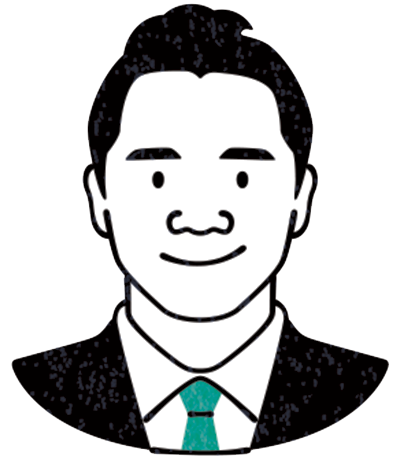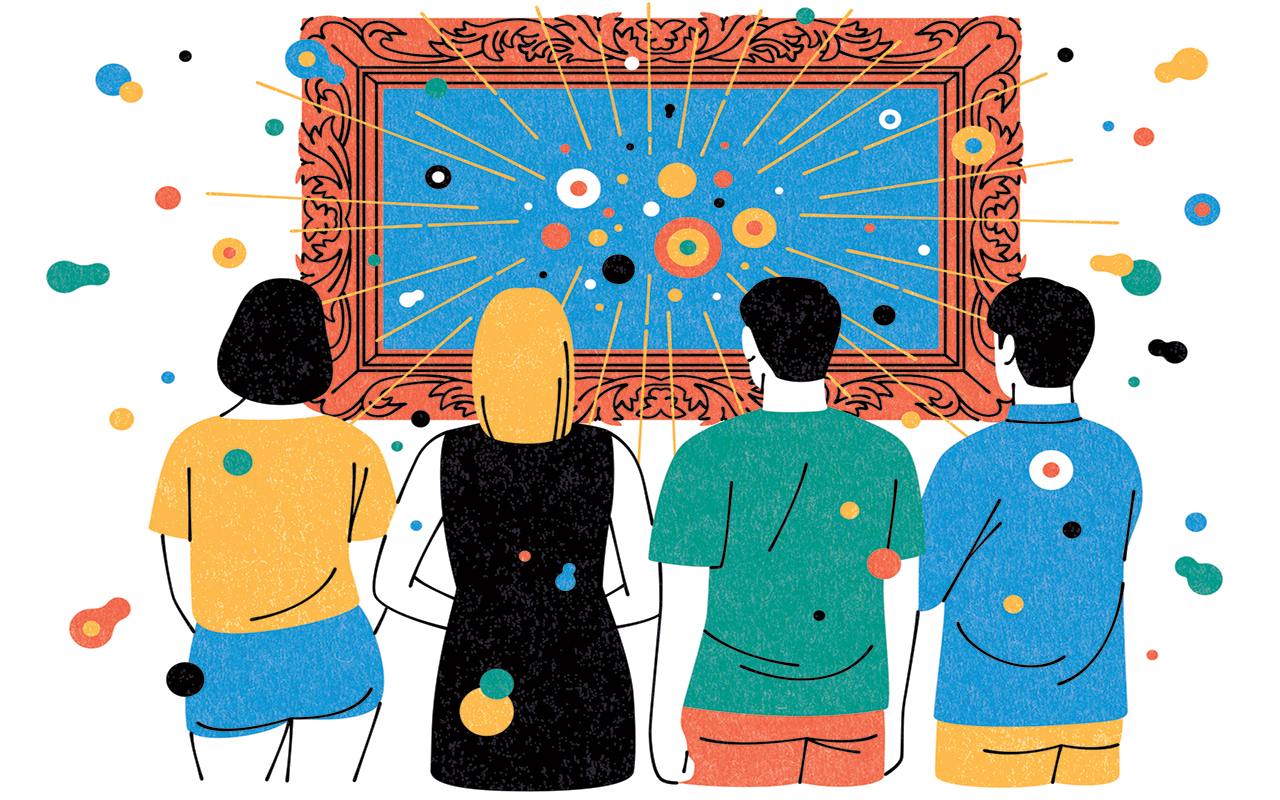
When I was studying digital animation, I also felt the need to learn about drawing, movement and the mechanics of motion. These urges led me all the way to the ateliers of the Florence Academy of Art in Sweden to study classical drawing and painting; the Animation Workshop in Denmark to learn drawing and animation; and lastly to Prague in order to study Czech puppet construction. Compared to digital animation, these are crafts that one can actually touch and feel; they allow me to be engaged with physical materials that ground my thinking and sensitivities.
I feel that we need to move away from the question of which is better in art: analogue or digital. Technology is ultimately a tool. The question lies in how we use a tool, what our relationship with it is. And it’s ultimately down to each individual to decide for themselves how they want to engage with it.
I like to think of art as being fundamentally useless. This is a response to the institutional, national, political and capitalistic imperatives that all things must have value and purpose. The way art is framed, especially in Singapore, is often tied to a function, whether it is to serve a community, fight for a cause, build an art economy and so on – as a way to justify its existence. What then results is an endless capitalistic drive for production.
 Seeing art as useless frees me – I find a space of quiet emptiness to follow a train of thought. In this space, meanings are not dictated or forced. They find their own way of revealing themselves. By carving out this space through my own definitions of work and art, I open up opportunities to explore, create, think, play and experience life.
Seeing art as useless frees me – I find a space of quiet emptiness to follow a train of thought. In this space, meanings are not dictated or forced. They find their own way of revealing themselves. By carving out this space through my own definitions of work and art, I open up opportunities to explore, create, think, play and experience life.
These journeys of exploration and creation enable me to learn about ourselves, our world and others. The starting point for my works is storytelling, and I am always surprised when my stories resonate with viewers. My 2018 exhibition at the Singapore Art Museum “The scars that write us” was a personal narrative that came from experiences of growing up with the genetic keloid scars that members of my family – myself included – have. I drew on steel slabs and welded portraits of their scars, using a mix of mechanical tools and classical drawing techniques to make the works. It struck me profoundly when a few members of my family cried after they saw the exhibition. That my work was able to reach out and embrace my own family felt like a most precious gift.
“The way art is framed, especially in Singapore, is often tied to a function”
The act of drawing is my way of thinking and seeing the world around me. It gives me time to get to know something intimately – the fold of a skin, the crease of a scar, the way the light cascades down a leg.
While technology has sped up our pace of life, it has not yet taken away our ability to think, feel and create a framework for ourselves. A work of art still moves us beyond rationality and pragmatism. Like many, I dive into the worlds that artists and writers have created, and it serves as a bridge to imagine a different existence – to feel journeys I have never travelled and lives I have not led. I believe the public is more mature than we give them credit for, and that we should not underestimate the audience.
Illustrations by Kouzou Sakai
SEE ALSO: Opinion: Art can reignite a sense of curiosity and attentiveness
This article was originally published in the March 2020 issue of SilverKris magazine
The post Opinion: There shouldn’t be a fixed manner in how we engage art appeared first on SilverKris.
from SilverKris
No comments:
Post a Comment